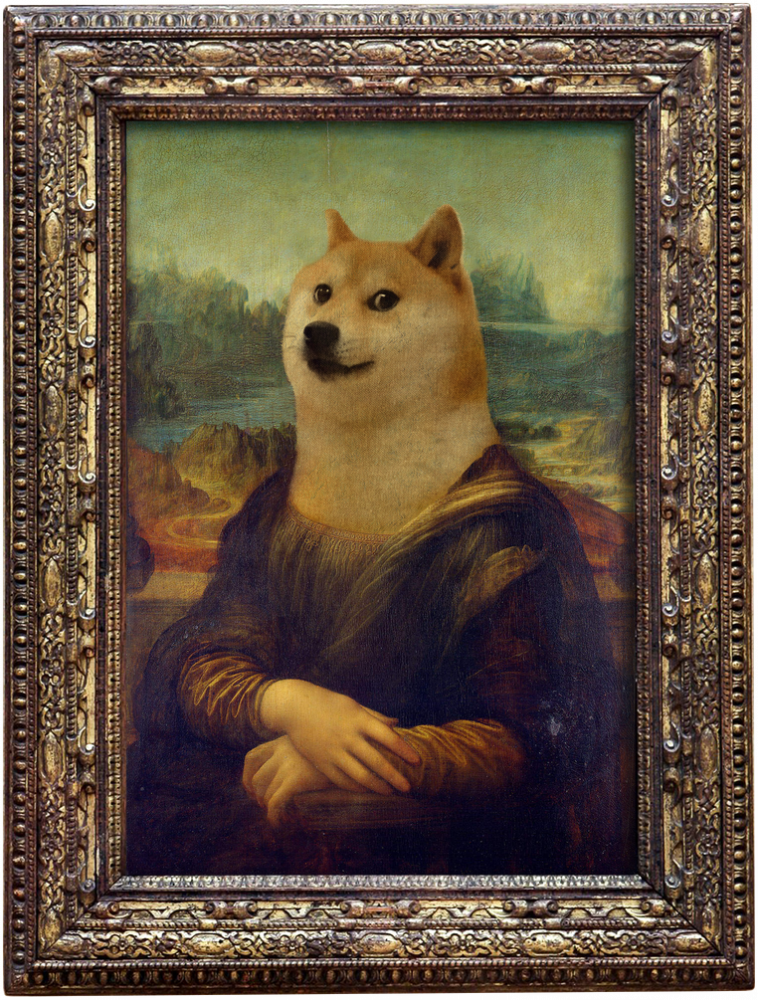8 ways to actually use NFTs (Non-Fungible Tokens)
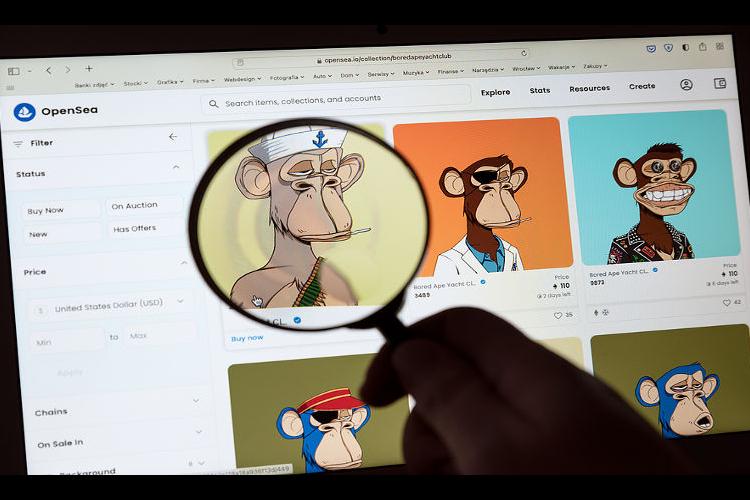
The concept of digital scarcity, first introduced by Bitcoin in 2008, has evolved over time taking to the birth of NFTs, the Non-Fungible Tokens.
What are NFTs (Non-Fungible Tokens)
Many identify NFTs as the new frontier of digital art. NFTs (Non-Fungible Tokens) are non-fungible cryptographic tokens registered on the Blockchain that represent a unique asset. The fungibility of an asset identifies its condition of interchangeability between different units. This is an indispensable feature for a currency whose purpose is to serve as a medium of exchange. All fiat currencies are in fact fungible: a 10 euro bill can be exchanged for another 10 euro bill, without changing its value. NFTs can be described as a digital representation of a file (JPG, PNG, GIF, SVG, MP4, WEBM, MP3, WAV, OGG, GLB, GLTF) in a cryptographic tokenized version, unique and distinct from any other copies of it. They are stored in decentralised wallets such as Metamask. They can be bought and sold at online marketplaces. Negotiation takes place through an auction system automated by Smart Contracts, which is managed entirely in a decentralised manner. The main ones are Opensea, Rarible, SuperRare, Ninfty Gateways and Binance NFT.
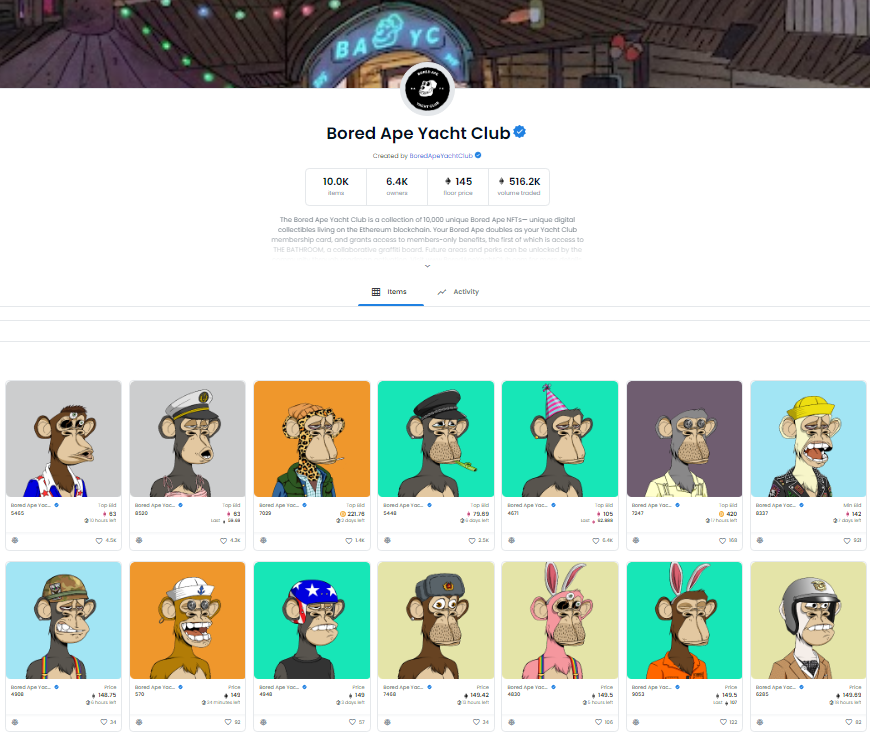
Bored Ape Yacht Club collection on Opensea
8 Use Cases for Non-Fungible Tokens
When we consider all the use cases that can arise, the ability to identify an asset in the form of a digital token on the Blockchain is an incredible innovation. Below is a list of the top 8 use cases of Non-Fungible Tokens.
1. NFT and ART
The art sector is undoubtedly the one that has benefited most from the advent of NFTs in the Web3 digital landscape. Many artists have made a transition from the classic business models of producing and selling artworks to a decentralised exchange system based on cryptocurrencies and the Blockchain. New "concepts of beauty" and new styles are populating the NFT marketplaces: many artists are focusing on concepts such as dynamism and dematerialisation, concepts of Web 3.0, when creating their works. While the idea of tokenising physical works of art remains valid, the development and spread of fully digital styles and techniques, created by digital native artists, is indisputable. 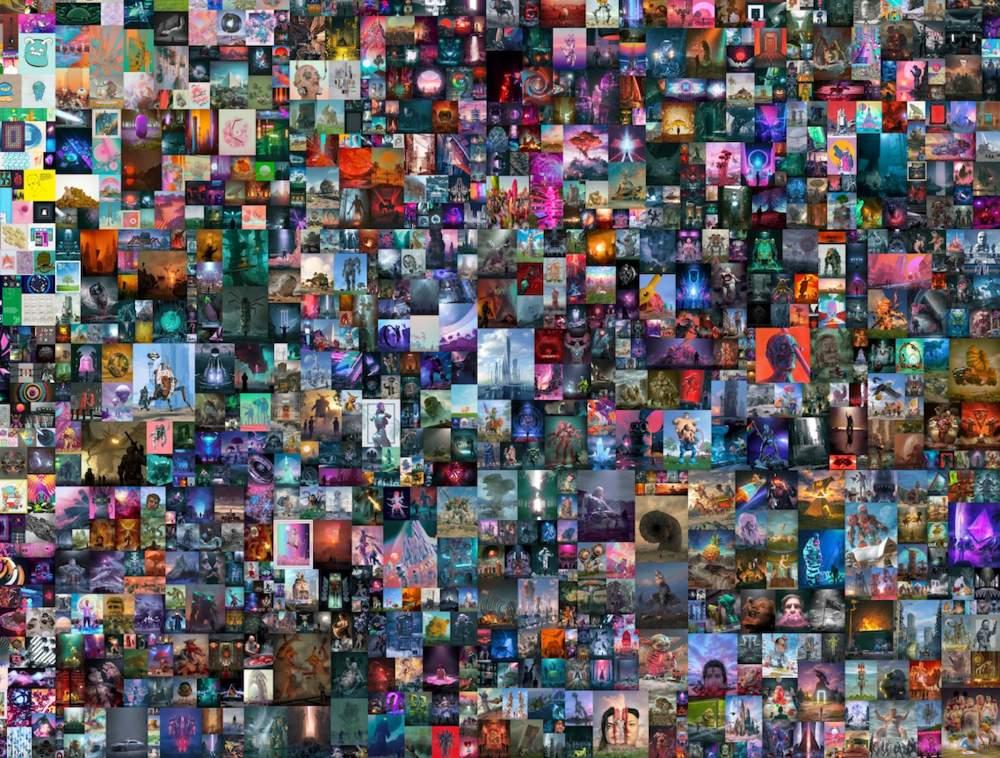
Beeple “EVERYDAYS: THE FIRST 5000 DAYS, 2021”, sold for the amazing figure of 69.3 million dollars at Christie's
2. NFTs and DIGITAL COLLECTIONS
Collecting undoubtedly draws its benefits from the birth of non-fungible tokens. The world of collecting is very varied: we can find collectors of stickers, postage stamps, works of art, rare coins, vintage cars, and so on. As for the NFT collections, a market of potential buyers is developing. However, the amount of meaningless and useless collections is very high. This is a problem, especially for those investors who have "bet" capital on collections without any fame or prestige and without effective use in the real or digital world. When we talk about the potential bubble of NFTs, it would be better to refer this kind of risk to the disproportionate birth of useless collections, rather than generalizing the phenomenon. 
Jack Dorsey, founder of Twitter, made an NFT out of his first tweet, which was sold for $2.9 million.The current owner has put the NFT up for sale for $48 million, but is receiving offers of no more than $30 thousand.
3. NFT and GAMING
The use of NFTs in gaming represents a real breakthrough when considering how they can act as property rights for digital assets. One of the main problems of traditional video games is that end-users are not able to keep game assets. It may happen that the owners of a 'centralised game' decide to remove a game asset (e.g. a weapon, a skin, an avatar). Imagine a user who spends months to obtain a specific asset and, after obtaining it, it is automatically removed due to internal management decisions. A real drama! Many gamers unhappy with these dynamics prefer to spend their time on decentralised video games such as The Sandbox, Axie Infinity, Thetan Arena and choose to own their gaming assets. 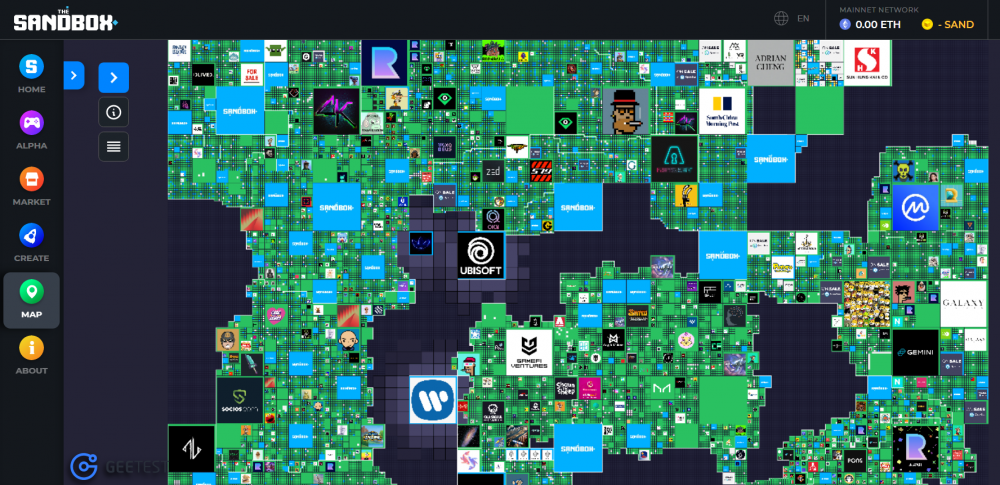
The Sandbox - Virtual lands map
4. NFT and REAL ESTATE
Another interesting use of NFTs is in the real estate sector. Currently it is not very used but could become a cornerstone for the real estate economy of the future. Representing a property via digital token can be a way to simplify the bureaucracy related to the transfer of ownership and can also prove to be an interesting ploy to enjoy a much more liquid asset than a physical building. Obviously we are talking about still premature scenarios. However, the development of the sector and the flow of capital towards decentralized systems could trigger a radical change for the real estate sector in the coming years. 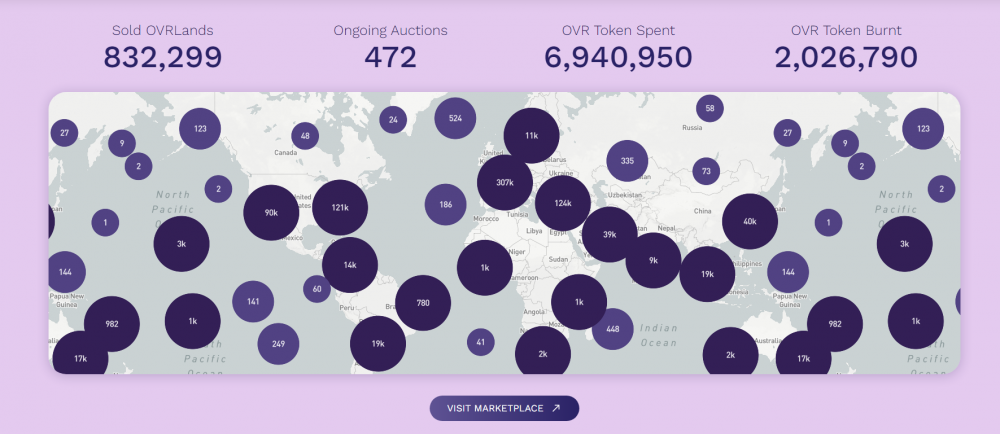
"Over The Reality", web3 application of augmented reality, with the integration of 'Ovrlands', i.e. virtual lands (nft) that provide ownership for the creation of experiences on them.
5. NFT and MUSIC
NFTs and the music industry can be linked to the birth of new business models. An NFT can also represent an mp3 music file and be sold, played or stored as a digital asset. In this case, innovation provides advantages for both the artists and the users. In fact, a specific NFT can be associated with a specific Smart Contract that incorporates the copyright of the work, thus providing greater protection for the artist. Or an NFT of a piece of music could be resold on the secondary market giving the possibility of a potential gain for the end user. Many applications and projects are being tested through the combination of NFT and music. The landscape, it seems, is already crowded if we look at the following map by "Cooopahtroopa". 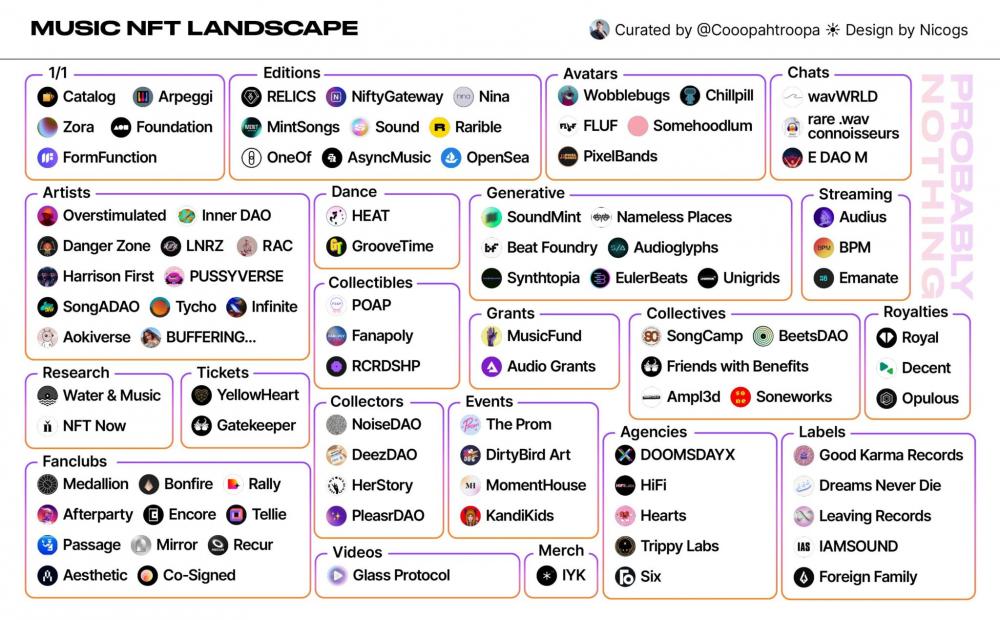
6. NFT and LOGISTICS
Immutability and transparency are two key principles of NFTs that make them perfect for use in the logistics sector. The characteristics of NFTs ensure that certain information in the supply chain remains unaltered. Very often it is essential to be able to certify with absolute certainty the origin of a product, its route, its location and other associated specifications. Providing the end customer with indisputable proof of all the steps the product has undergone is an added advantage for the company and gives the consumer peace of mind.
7. NFT and MEDICINE
It may sound strange, but NFTs also find application in the medical sector. In delivering quality services with the utmost precision, Blockchain technology can prove extremely useful for both healthcare professionals and patients. "Righthash", decentralized software on Hedera hashgraph, and "Aimedis", a company based in the United Arab Emirates and the Netherlands, implement NFTs within their services to manage resources, medical results and sensitive data through decentralized and distributed infrastructures. Just think that Righthash can reduce from 50% to 80% of the costs related to conventional IT consent processes, as well as providing a series of very precise services. “Righthash”, software decentralizzato su Hedera hashgraph, e “Aimedis”, società con sede negli Emirati Arabi e in Olanda, implementano gli NFT all’interno dei loro servizi per gestire risorse, risultati medici e dati sensibili attraverso infrastrutture decentralizzate e distribuite.
8. NFT and the TOKENIZATION of REAL ASSETS
Tokenizing real assets is a complex practice and is not not widespread. Tokenizing means associating a cryptographic token with a physical asset by registering it on the Blockchain. You can tokenize an asset in a single token, or split the asset into multiple tokens of the same type. With a bit of imagination, in the future, for example, it might be possible to divide the famous “Mona Lisa” painting into several NFTs and sell the tokens to various buyers. In this way, there could be multiple owners of a single and indivisible asset. Obviously, in order for all this to be realized, it would be necessary for an infrastructure with legal power to accept the correlation between possession of an NFT and possession of the actual physical asset. 